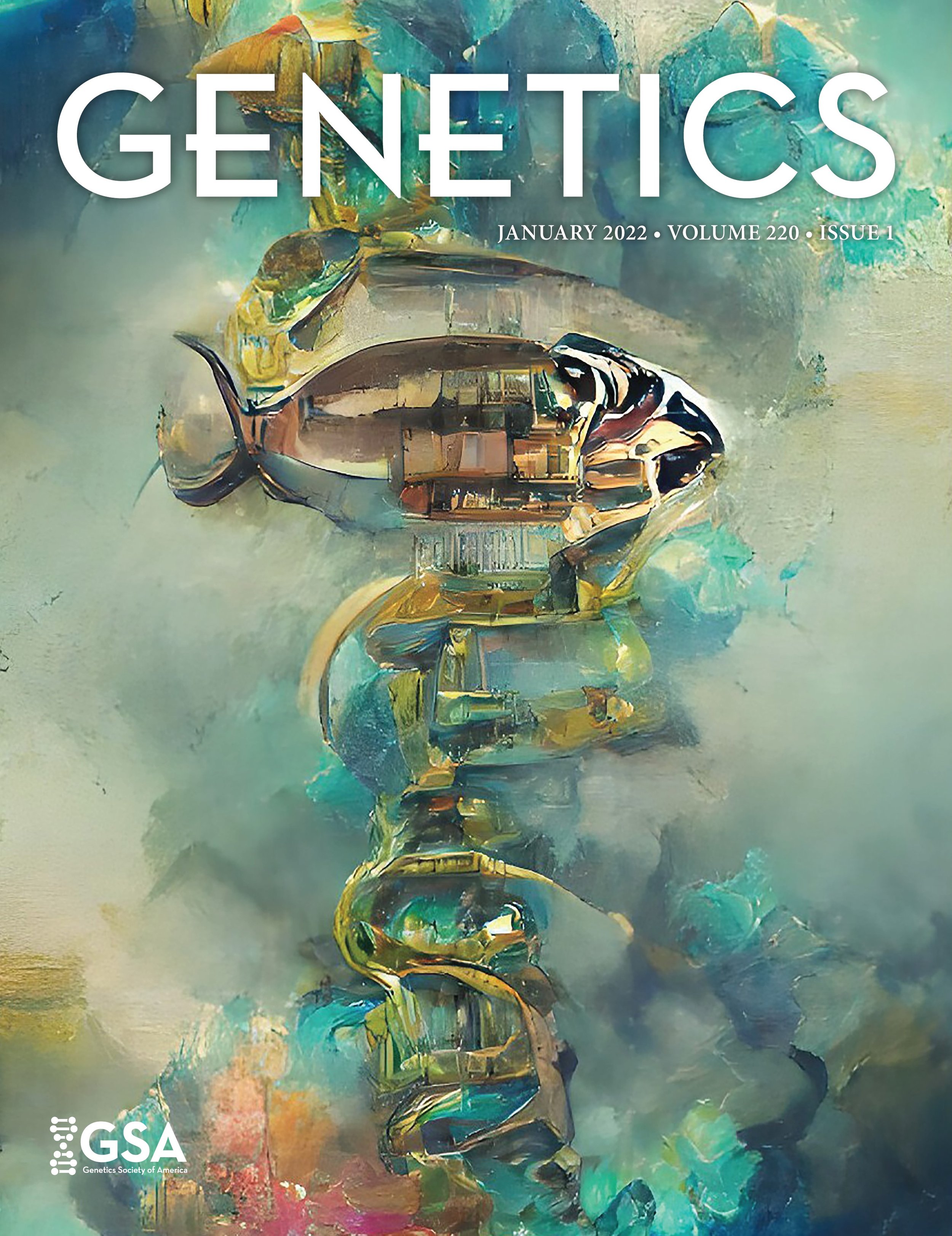Key Publications
A complete publication list is available at Google Scholar.
Microbe transmission from pet shop to lab-reared zebrafish reveals a pathogenic birnavirus.
(preprint 2023)
Rice MC, Janik AJ, Elde NC, Gagnon JA*, Balla KM*. *co-corresponding authors
Germ cells do not progress through spermatogenesis in the infertile zebrafish testis.
(preprint 2023)
Sposato AL, Hollins HL, Llewellyn DR, Weber JM, Schrock MN, Farrell JA, Gagnon JA.
Distinct features of the regenerating heart uncovered through comparative single-cell profiling.
(link, pdf, preprint)
Carey CM, Hollins HL*, Schmid AV*, Gagnon JA. Biology Open 2024. * co-authors
We compared responses to heart injury in two species of fish and discovered many molecular and cellular features that correlate with the ability to regenerate the heart after injury.
Gadusol is a maternally provided sunscreen that protects fish embryos from DNA damage.
(link, pdf, preprint)
Rice MC, Little JH, Forrister DL, Machado J, Clark NL, Gagnon JA. Current Biology, 2023.
We discovered that embryonic fish use a small molecule sunscreen, which has been lost by many fish that spawn in the dark.
Previewed in Current Biology and JEB, and highlighted in New Scientist, Science ABC, phys.org, Science Herald, and MedBound Times.
Orthogonal CRISPR-Cas tools for genome editing, inhibition, and CRISPR recording in zebrafish embryos.
(link, pdf, preprint)
Takasugi PR*, Wang S*, Truong KT*, Drage EP, Kanishka SN, Higbee MA, Bamidele N, Ojelabi O, Sontheimer EJ, Gagnon JA. Genetics, 2022. * co-first authors
We evaluated a large collection of CRISPR and anti-CRISPR systems for efficient genome editing and lineage tracing in zebrafish.
Highlighted in Lab Animal, and selected for the cover image of Genetics.
Linking virus discovery to immune responses visualized during zebrafish infections.
(link, pdf)
Balla KM, Rice MC, Gagnon JA, Elde NC. Current Biology, 2020.
We developed a transgenic sentinel zebrafish to discover a natural viral infection that activates the immune system.
Highlighted in Lab Animal and on the TWiV podcast.
Simultaneous single-cell profiling of lineages and cell types in the vertebrate brain. (link, pdf, preprint)
Raj B, Wagner DW, McKenna A, Pandey S, Klein AM, Shendure J, Gagnon JA*, Schier AF*. Nature Biotechnology, 2018. *co-corresponding authors
We merged single cell RNA sequencing with CRISPR-Cas lineage tracing to determine relationships between cells in a large single cell atlas of the juvenile zebrafish brain.
Detailed protocol available at Nature Protocols.
Highlighted as the Science Magazine 2018 Breakthrough of Year, in Nature Reviews Genetics, Nature Methods, and in Faculty of 1000.
The primary role of zebrafish nanog is in extraembryonic tissue. (link, pdf, preprint)
Gagnon JA, Obbad K, Schier AF. Development, 2018.
We discovered that the transcription factor Nanog is required primarily for extraembryonic tissue development, and is not required in embryonic or germ cells.
Highlighted in Development.
Whole organism lineage tracing by combinatorial and cumulative genome editing. (link, pdf, preprint)
McKenna A*, Findlay G*, Gagnon JA*, Horwitz M, Schier AF, Shendure J. Science, 2016. * co-first authors
We developed GESTALT - a tool for lineage tracing in animals using CRISPR-Cas genome editing.
Highlighted by The Atlantic, BBC World Service, The Scientist, New Scientist, Science, Science Daily, HHMI News, Biotechniques, Harvard MCB News, Nature Reviews Genetics, Nature Biotechnology, Nature Methods, Cell Systems, Benchling, Epigenie, Faculty of 1000, and a finalist for Nature Methods Method of the Year 2017.
Efficient mutagenesis by Cas9 protein-mediated oligonucleotide insertion and large-scale assessment of single-guide RNAs. (link, pdf)
Gagnon JA, Valen E, Thyme SB, Huang P, Akhmetova L, Pauli A, Montague TG, Zimmerman S, Richter C, Schier AF. PLoS One, 2014.
We determined rules that increase CRISPR-Cas activity in zebrafish, and found biases in DNA repair outcomes.
Highlighted by phys.org and A CRISPR Blog.
A (somewhat out of date) detailed protocol is available.








